Pét Nat is – theoretically at least – one of the simplest styles of wines to make. Pick – press – ferment – bottle – voilá. One of the features of Pét Nat is that it requires no additions of sulphur dioxide due to the fact that as the wine is constantly fermenting up to and including the point at which it is bottled the carbon dioxide produced by ferment acts as a natural protection against oxidation. The other feature is that it can produce a sparkling wine that actually tastes of grapes, fermented by their natural wild yeasts, and not constrained by the straightjacket of the Champagne or Prosecco methods.
Definition: Pétillant Naturel. (origin Fr.) abbrv. pet nat. A wine that has had its primary fermentation interrupted by bottling thereby rendering it naturally (naturel) sparking (pétillant) in the bottle. As distinct from Methode Champenoise or Traditional Method sparkling wine whereby the bubbles are produced by a secondary fermentation in bottle, Transfer method where Traditional Method sparkling wine is transferred to a tank before bottling or Charmat (tank) method where the bubbles are produced in a tank before the wine is transferred under pressure to a bottle, which is how Prosecco and many inexpensive sparkling wines are made.
Interestingly the Wikipedia entry on Sparkling Wine Production does not mention Pétillant Naturel **
http://en.wikipedia.org/wiki/Sparkling_wine_production
**reviewing this blog in 2021 I can see that Wikipedia has now updated it’s page on sparkling wine production and there is a significant entry on Pét Nat – which I have copied and pasted at the end of this post
Having said all that, I realised over the course of this project that there is no such thing as a “simple” wine to make, and furthermore it highlighted for me how many decisions are required, even for a “natural” wine, and how much work and intervention by the hand of man are required even in a Pét Nat, the simplest of natural wines.
Having picked the second days fruit we drove it all to Yangarra, a winery just a couple of miles up the road from the vineyard who had very kindly allowed me to make my wine with them. They were interest in making their own Pét Nat this year as well and the idea was that we could investigate the methods and experiment together.
The first thing to do was to sort the grapes, and even though we’d been very selective when picking the grapes, one of the benefits of hand harvesting over machine picking, there was a further stage of selection to be made in the winery. Yangarra are the owners of one of the most sophisticated “sorting tables” in Australia. The grapes are put onto a conveyor belt and passed through a machine that has four different levels and methods of “sorting” grapes; by berry size, by berry weight and for getting rid of MOG (matter other than grapes) in other words leaves, stalks and petioles. All these things, raisened berries, green unripe berries and bits of stalks and leaf would normally end up in the fermentation vat and add their own flavours, arguably reducing the quality of the final wine. The amount that the sorting table rejected was approximately 10% of the weight of picked fruit, which represents a potential 10% increase in quality. The same effect can be achieved by very careful picking, and hand sorting on a traditional sorting table, which is literally just a long trestle table, but the facility was there at Yangarra, so I used it.
We then had our sorted fruit the “black caviar”. We covered the bins with plastic to protect from oxygen then let them sit for overnight for the colour to come out of the grapes, what is known as a cold soak, although this is a slightly misleading term as it doesn’t mean the grapes are chilled, they are simply macerating at an ambient temperature before the “warmth” (as opposed to cold) of fermentation begins
During this time I also got into the bins and gently stomped the grapes to help extract the colour. One of the advantages of doing this manually (or with your feet, pigeage as the French call it) is that you can feel the warm spots where the ferment is starting to occur and mix in the cool spots. Its also good fun and makes for superb photo action opportunities. Look at me Mum, I’m making wine!!
After the grapes had time to give up enough colour, about 48 hours, we put them all into a large press basket. First of all we lifted the press basket up onto a stack of pallets by forklift so we could drain the free run juice off by gently by gravity. We then pressed the skins in a basket press. This process gave us two “cuts”, the lighter free run juice and the darker, slightly more tannic press juice.
The free run juice and press juice were then transferred to four old (i.e. seasoned so they didn’t impart an oak flavour) barrels for the wild fermentation to begin.
Video of the end of pressing day
The wild fermentation started quickly after a couple of days and ran healthily, McLaren Vale has hot days and warm nights and temperature is one of the main factors in determining rate of ferment. After a week we transferred the juice – now turning slowly to wine – into a tank to mix up the four barrels, then transferred them back into three barrels. The purpose of the mixing was to make sure all the barrels were fermenting at the same rate, as some barrels had been going faster than others. We put them back into three barrels not four so that the barrels were fuller and more “topped up”, another precaution against oxidation
In the second week of fermentation we started checking the “baumes” (the level of alcohol in the fermenting wines and much sugar is left) at least twice a day, as it was important that we “caught” the wine before it stopped fully fermenting. This is the key to making Pet Nat as the primary fermentation continues in the bottle, which creates the bubbles. If the ferment gets too close to finishing before you go to bottle i.e. most of the sugar is used up, you’ll end up with something definitely “nat” but not very “pét” (it does happen, especially to novices)
When the baume fell to just above 1 (approx 16 grammes per litre of residual sugar) we transferred all three barrels to a tank and waited as the ferment fell over the course of the last day to just below 1. This was a very slow process, as the ferment gets slower and slower towards the end as the alcoholic build-up inhibits the yeasts. Finally the baume was at the right level and we raised the tank up onto a stack of pallets and bottled by gravity using a manual filler and hand capping with crown caps. It was a long day by the time we finished, twenty hours, but a very satisfying sight to see the bottles all lined up at the end (about 2am from memory). Beer was drunk
To filter or not to filter. One of the decisions we had to make was whether to filter the wine before putting it into bottle. The biggest challenge with making Pét Nat, apart from “capturing” the wine at the right stage in fermentation to make sure the ferment continues in bottle, is to get the wine in the bottle without too many “solids”. This is partly for aesthetic reasons, although people who are used to drinking natural wine don’t mind some “sand” or particles in the bottle. The more important reason is that if you have too many solids in the bottle you can experience what the French call gerbeuse or “gushing”. This isn’t just excessive foaming, the wine literally spontaneously evacuates the bottle and hits the ceiling. In the Loire Valley in France, where a number of Pet Nats are made, the cool weather towards the end of harvest, combined with deep, cool cellars that never get above twelve degrees, allows the ferment to slow down naturally over a number of weeks not days, and the wines the chance to settle itself clear, with little or no need for filtration. However in warm regions in Australia, especially McLaren Vale where we were, the days are still hot and the nights warm, so the ferment went like a train, with no chance for the wine to settle naturally. See the video here of the first time we open a bottle after a week of fermentation, then the dramatic results after two weeks. Psst, don’t tell Charlie we covered his nice clean lab ceiling in pink Grenache
The question of whether to filter or not is more than a practical decision, it has a philosophical angle as well. Although natural wine has no concrete code or definition, it is an attempt to reduce additions and adjustments in both the vineyard and the winery, many would agree that NOT filtering is a central tenant shared by most who would be deemed to be working naturally. However, this is in the context of still wine, table wine as we call it, not sparkling wine. In my experience of making Pét Nat in Australia I have talked to almost all of the producers in this country who have also attempted to make this style of wine. With one notable exception, which was Mac Forbes in 2013, all of them have had to carry out one or a combination of the following techniques
– ferment in temperature controlled, stainless steel tanks to slow the ferment and allow the wine to settle, effectively mimicking a cool Loire cellar, before racking the wine off the settled solids and interrupting the still-fermenting wine with bottling (interruption method)
– refrigerate to slow fermentation as it nears the end, and then “hold” at just above freezing so that the wine tartrate stabilises (remember those monster tartrate slabs that caused the gushing). After racking off the gross lees the fermentation can then be restarted by the addition of juice from a second pick from the vineyard. (entr’acte or intermission method)
– ferment at ambient temperatures but then filter prior to bottling. This is a successful technique, and certainly uses less power than the chill options above. (*note added in 2021 – I’ve not heard of any pét-nat producers who favour this method, it seems to have been something we attempted once back in 2014, Yangarra continued using the method for a few years, but it didn’t catch on elsewhere, perhaps due to the aversion of filtration in natural wine rubric)
– ferment at ambient temperatures, don’t chill or refrigerate, don’t filter prior to bottling (so far so very natural) but then disgorge pre-release. This is the route I took, albeit not necessarily intentionally. I believe the outcome has produced the best of both worlds. By allowing everything into the bottle, lees, yeast cells, tartrates et al I have managed to capture all the potential flavour (and quality?) that was there in the grape juice at the start. Disgorging was then the inevitable conclusion as so many deposits and solids built up to render the wine explosive on opening and therefore unsafe and unsellable. (interrupt and disgorge method)
Why do I seem to be wringing my hands over these concerns, you may think it’s all as relevant as arguing how many angels can dance on the head of pin. There is a sector of the natural wine community that attempts to codify and legislate, police if you like, certain wine making practices. My personal preference has always been to see natural wine as an attempt to move in a direction that is desirable, within the confines of the environment, vintage and physical limitations of your work space. Is what I made a true Pét Nat? Sure, if your definition of Pet Nat is a sparkling wine that achieves its bubbles by having its primary fermentation interrupted by bottling. It sure doesn’t fit into any other category of sparkling wine production. Would I have preferred not to have gone through the time, effort, cost and heartache of disgorging? Hell yes. I had to borrow a technique from the Traditional Method, but that doesn’t make it Methode Champenoise. I’d rather settle for calling it a modified Pet Nat method, or simply a disgorged Pét Nat. But by getting it “wrong” and having to observe, adapt, improvise and overcome (as they say in the army) I’ve learnt a hell of a lot more than if I’d fluked it right first time. At the end of the day I’ve made a zero sulphur wine from hand picked grapes that despite pressure when I was making it from certain quarters saw no added yeasts, no enzymes, no acid adjustment, no water addition and no fining. I’m pretty proud of that. OK, rant over
I headed back to the UK over winter (Aussie winter, English summer) leaving my explosive bottles slumbering at the shed in McLaren Vale. The winter cold caused monster slabs of tartrate crystals to form, see photo below. Tartrates are normally precipitated and removed by chilling the wine prior to bottling, but as we had not chilling equipment, and were trying to make as few technical interventions as possible, the tartrates ended up forming in the bottle.
Not only did the tartrates look pretty intimidating, but they further increased the gushing effect, to spectacular effects. Here’s a video of a test opening we did when I got back to Australia in September, thanks to Celia and Peggy Bosworth at Battle of Bosworth Wines for being brave volunteers. Stand back! Stand back! (thanks Louise, health and safety first)
I’d not been overly concerned about the wine having sediment or tartrate crystals, as the natural wine bars where I was hoping it might end up would be able to hand sell and explain the unusual appearance. My main concern was that as the wine was it was unsellable, with three quarters of the liquid spontaneously evacuating the bottle in a foaming geyser. The only solution was to remove the sediment and tartrates (solids) by a process known as disgorging. This is a method used in Champagne to remove the yeast lees that have formed after the second ferment in bottle. It involves inverting the bottles, shaking them to break up the solids and allowing them to collect in the neck of the bottle (known as riddling). My enquiries led me to producer in the Adelaide Hills called Simon Greenleaf and is known a Mr Fix-It for fucked-up small fizz projects – just the man I was after! I took a few bottles to show Simon and when he saw them he was concerned that there was simply too many solids to be disgorged successfully. However we did a test disgorge of half a dozen, decided it would be possible, and as a consequence I had my first six bottles of safe fizz. Later that month I went to Melbourne and Sydney to show the bottles to a few friends and potential customers – see the following blog post “Naming it – Road-Tasting”
On returning to South Australia in November I went to the shed at Yangarra and spent a day lifting up every single bottle, shaking it, twisting it and generally encouraging the solids to settle in the neck. See the “riddling” video here
After eight hours my arms and wrists were almost falling off, but the wines had been riddled successfully. We then transferred them on two pallets from Yangarra to Simon’s shed in the Adelaide Hills. Finally it felt like we were getting somewhere!
We let the wines settle upside down in a cool room for ten days, then finally, on December 10th the day to disgorge finally arrived. Simon and I manually disgorged all 705 bottles over the course of two days. The process involves placing the bottles upside down in a bath of liquid glycol at minus 15 degrees, the wine in the neck freezes, capturing the sediment in the ice plug.
Disgorging video
The crown cap is then popped open, the plug of ice is ejected by force and the foaming liquid that comes out “cleans” the rest of the sediment sticking to the inside neck of the bottle. Pretty clever stuff. You obviously lose a proportion of the wine which foams out, which is replaced by the filling machine, which has a distinctly dairy-at-milking-time feel to it. The loss through filling ended up in us with us having 636 bottles of clean, safe, disgorged Pét Nat. A journey that had begun over nine months ago in a McLaren Vale vineyard was nearing completion in a shed in the Adelaide Hills. If I was fast I may even be able to get some sales before Xmas. Now the hard part, selling it…..
________________________________________
**added July 2021 from Wikipedia, Sparking Wine Production > Ancestral
The ancestral method (French: méthode ancestrale) goes under many local names in the various French regions, such as rurale, artisanaleand gaillacoise. This is by far the oldest method of making sparkling wine and preceded the traditional method by almost 200 years, or possibly even more. The wine that is now called Blanquette de Limoux is considered by wine historians to be the world’s first sparkling wine, and was produced in Limoux in 1531 by monks in the monastery of Saint-Hilaire.[6][7] Wines produced using the ancestral method include among others French wines from Gaillac, Bugey Cerdon and Blanquette de Limoux, German wines from a few vineyards where the method is usually called méthode rural, and North American wines.
Wines made with the ancestral method are sometimes called pétillant-naturel, popularly abbreviated to pét-nat. Since French wine labels ban the word naturel the appellation from Montlouis-sur-Loire is instead called pétillant originel.[8]
There are two general approaches employed by winemakers to produce pét-nat, the choice of which is often determined by location and weather conditions during harvest as well as the scale of production and resources on hand in the winery when it comes to bottling. The first is the “interruption” method, whereby the primary alcoholic fermentation is interrupted by the act of bottling. The wine goes into bottle, sealed under a crown cap, where the still viable yeast, nutrient and sugar allow the primary fermentation to continue and produce the carbon dioxide that forms the bubbles. Malolactic fermentation may also occur in bottle making a small contribution to the carbon dioxide levels. Unlike the traditional method there is no disgorging and dosage, however producers using the interruption method will often need to remove tartrate crystals and sediment to prevent the wine from gushing when opened as well as to reduce the amount of final sediment to an acceptable level. To accomplish this, the bottles are hand disgorged and topped up with the same wine. The interruption method is often favoured by producers in cooler regions where the fermentation is slower and easier to catch at a specific point and where they have the resources to hand bottle at a specific time and to hand disgorge. The second method is called “entr’acte” (intermission) whereby the primary fermentation is completed to dryness, allowing the wine to be naturally cold stabilised and settled, either in an underground cellar or temperature controlled tank. Sweet juice from a second pick of grapes, often from the same vineyard, is then added to the wine, which is then bottled with the fermentation from the second pick juice completing in bottle to produce the bubbles. The advantages of the entr’acte method is that the wine does not need to be disgorged, there is more control over final sediment and pressure levels leading to an avoidance of gushing. The entr’acte method is often favoured in warmer climates where faster ferments are more difficult to control, as well as where producers want to be more precise with final turbidity and pressure levels as well as minimising overall risk. Alternatively, using a method faithful to the origins of ancestral winemaking, the wine is cold-settled before the end of primary fermentation to mimic the natural changing seasons before being bottled and then allowed to warm up again, as it would in the Spring. This process, a traditional variation on the entr’acte practice, is called the “Overwintering Method,”[9] and is how the earliest sparkling wines would have come about, although as an intentional method of production it runs the risk of a stuck ferment.
Styles of pét-nat can very widely, including a range of colours from white, red, pink and orange (not to be confused with skin contact orange wines). Pressure levels can also vary from lightly sparkling (around 1 to 2 bars of pressure), to a gentle foam (around 3 bar) to a full fizz (4 to 5 bars). Common flaws are often related to turbidity and pressure, with wines being barely fizzy to gushing. Common faults are those often associated with low / no sulphur winemaking such as mousiness or excessive levels of brettanomyces or volatile acidity. Due to the fermentation being completed in the bottle, pét-nats can often display funky characteristics, not dissimilar to still natural wines, and which represent a stylistic cross-over with traditional styles of sour beer such as lambics and gueuze. Wines can vary from being highly aromatic to relatively neutral depending on the grape varieties used. They often display relatively low alcohol content, although this is purely a winemaker decision. The wines are sometimes obscure from remaining lees (except those which have been clarified by disgorging). They taste best one to three years after bottling and do not develop with further storage. In general, the wines usually finish fermenting in bottle resulting in them being dry, although there can be some variability with final sugar levels. The method’s main challenge is that the production process is difficult to control and therefore requires great skill by the winemaker. The keys to pét-nat production are mastering temperature, timing and turbidity. The volumes produced are very modest. High-quality wines produced with the ancestral method, often by small growers using organic farming principles, can be complex and very distinctive. Visual cues that distinguish pét-nat from other sparkling wines are a sparkling weight bottle, closed with a crown cap, with a wine that is often a little bit cloudy. Pét-nat can be enjoyed as an aperitif or with fruit dishes, however their growing global appeal is as the sparkling wine of choice in the natural wine movement.
*
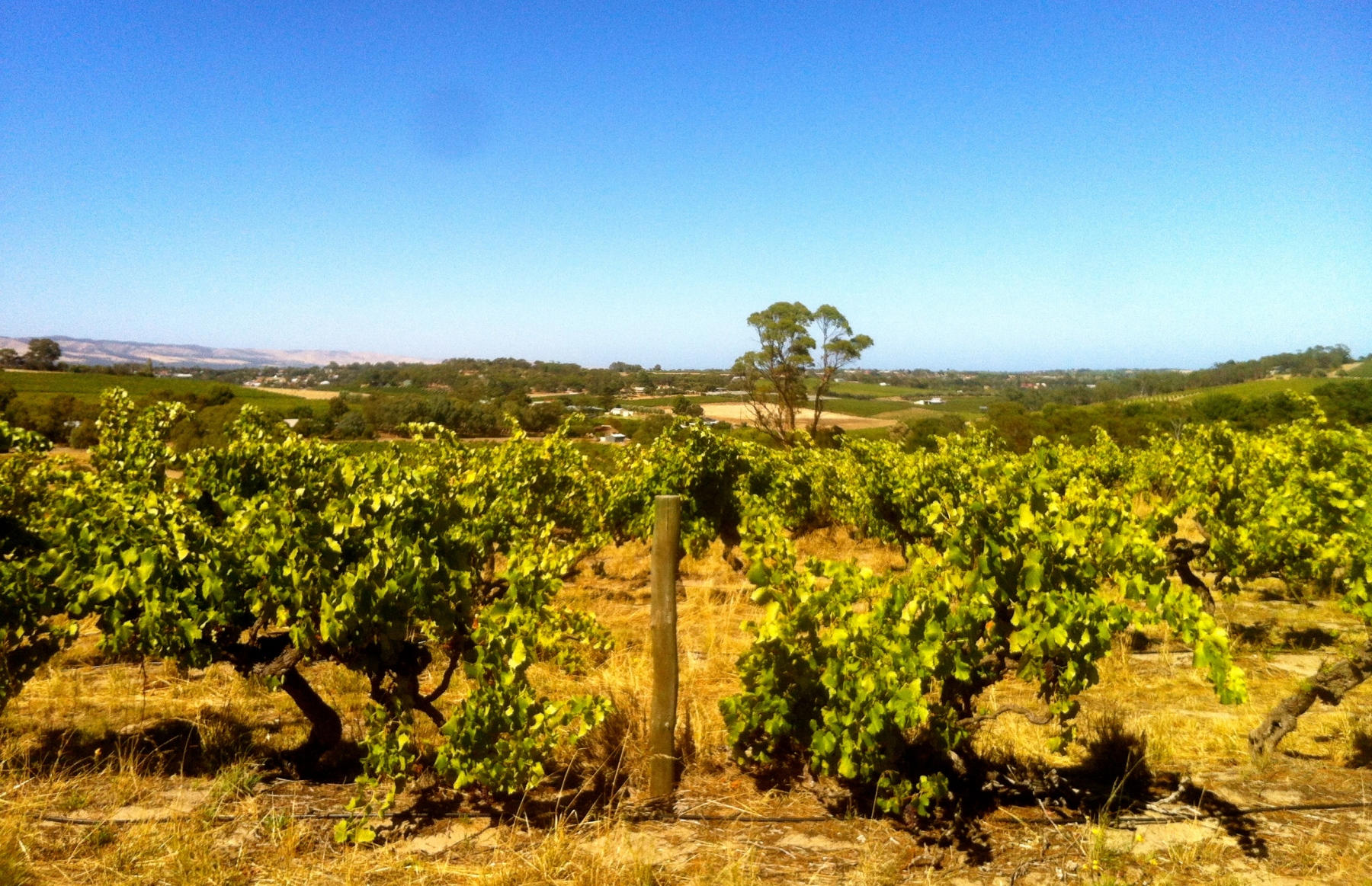
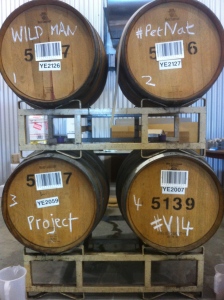
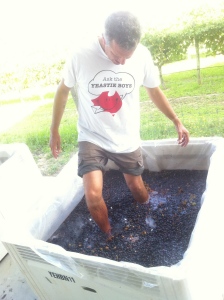
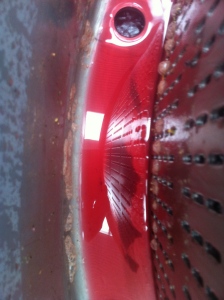
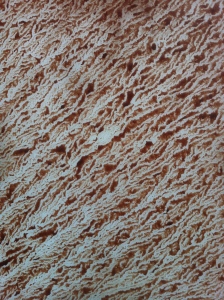
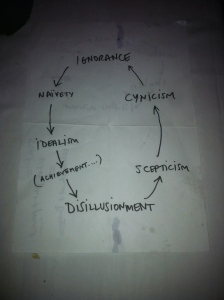
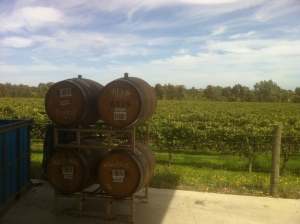
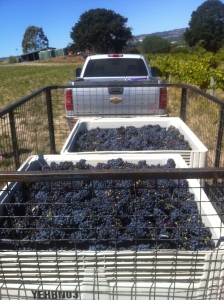
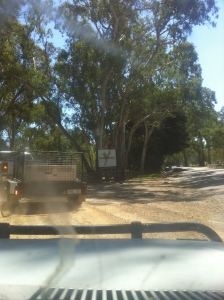
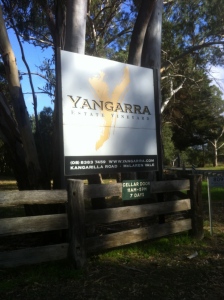
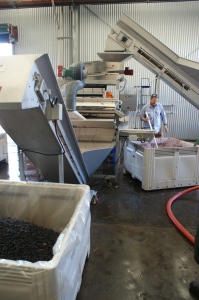
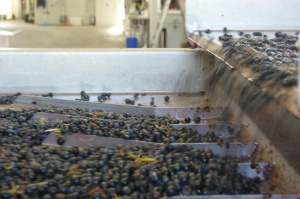
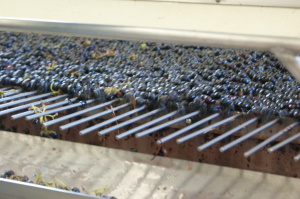
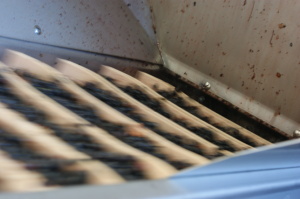
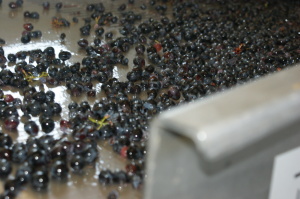
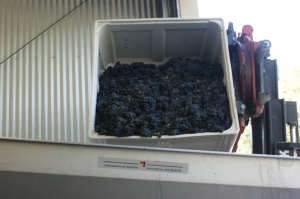
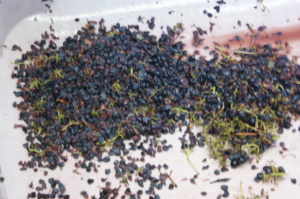
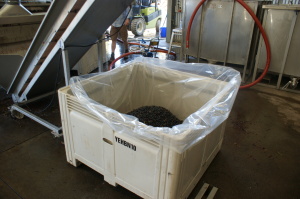
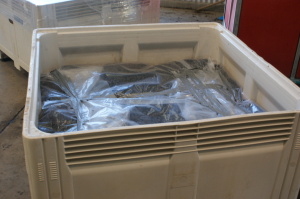
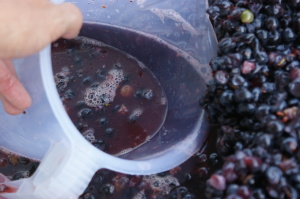
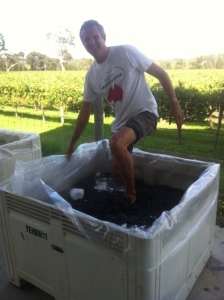
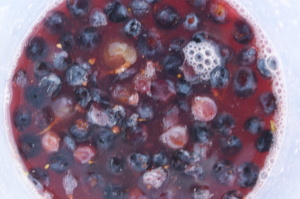
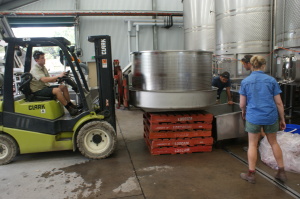
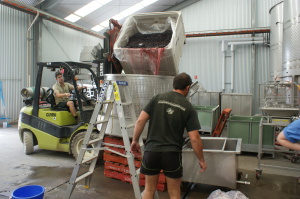
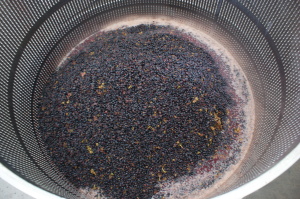
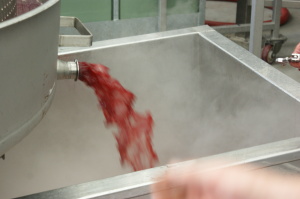
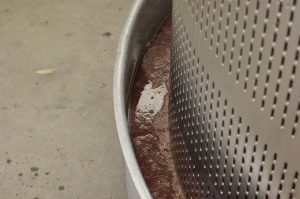
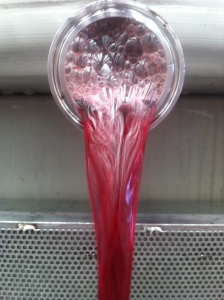
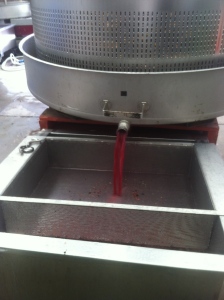
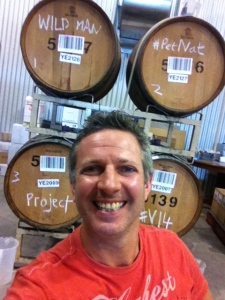
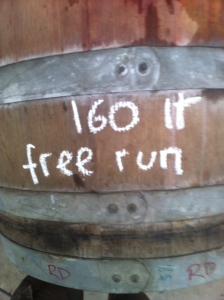
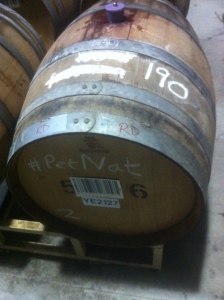
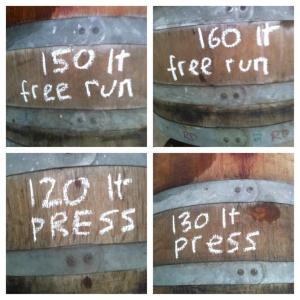
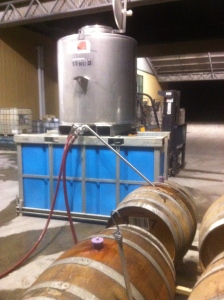
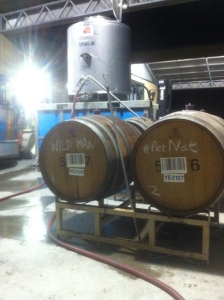
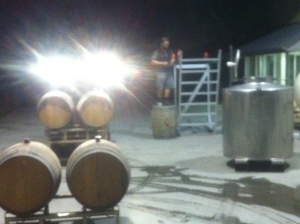
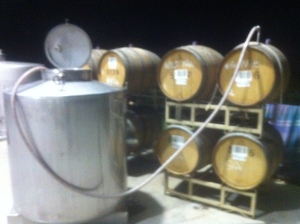
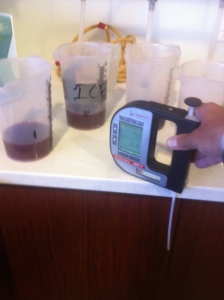
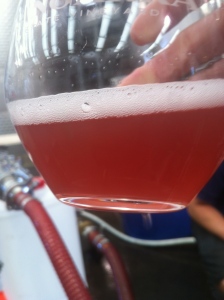
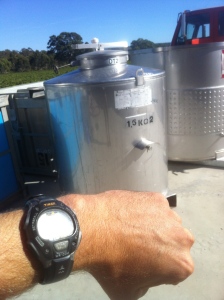
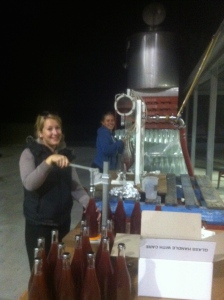
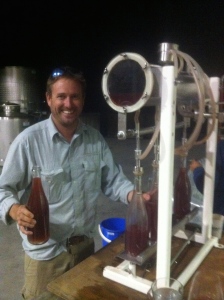
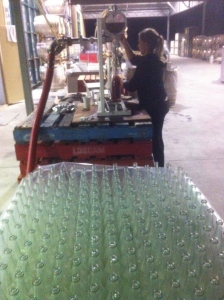
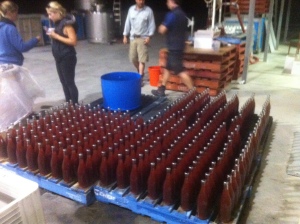
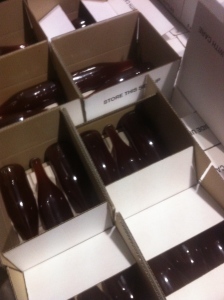
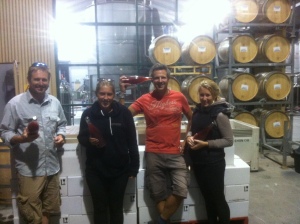
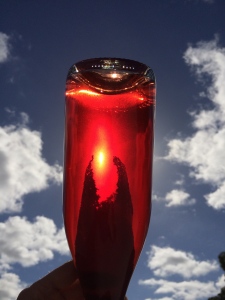
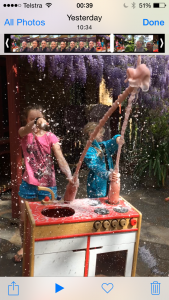
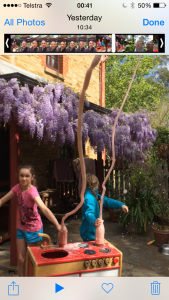
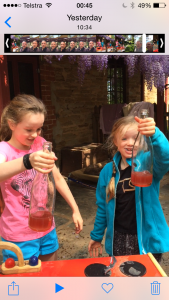
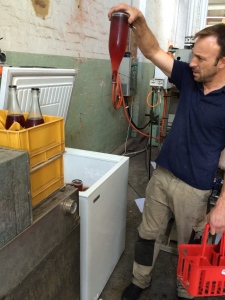
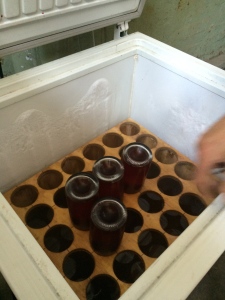

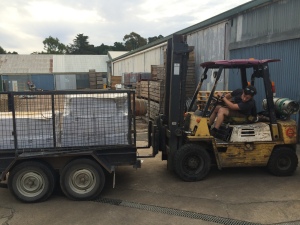
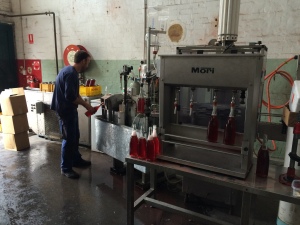
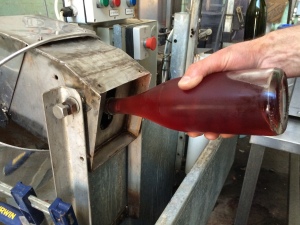
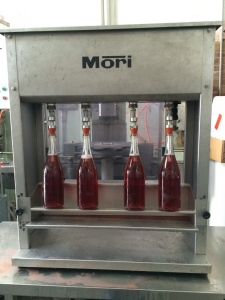
15 comments for “Making it / 2014”